A root and branch review of driver safety is helping M Group Services save money and drive sustainability across the business.
M Group Services’ operating businesses deliver a range of essential infrastructure services in the water, energy, transport and telecommunications sectors in the UK and Ireland, with the group operating a fleet of more than 9,000 cars, vans and trucks.
M Group Services Plant and Fleet Solutions (MGSPFS) supports the group’s operating businesses with their vehicle, plant and specialist equipment needs.
“When you look at the size of our fleet, with 9,000-plus vehicles now, driving is a major part of what we do,” says Tony Draper, head of safety, health, environment, quality (SHEQ) and road risk at M Group Services Plant and Fleet Solutions.
The company already had a good on-site operational safety culture, but with staff travelling the length and breadth of the country, carrying out an array of tasks, it was the travelling to and from jobs where the risk was identified.
Nearly one third (29%) of all road fatalities in the UK and one-fifth (21%) of all casualties (killed, seriously injured and slightly injured) occur in driving-for-work collisions.
A study by Highways England (now National Highways) and Roadsafe suggested that 520 people died in collisions involving a driver or rider driving for work in 2018.
The figure is in stark contrast to the 144 people killed in workplace accidents in the UK, the same year.
It also estimated that up to 39% of pedestrian fatalities in the UK were in collision with a ‘working’ driver, causing up to 11 pedestrian deaths a month.
“Your duty of care as an employer covers all aspects of work activity, right from the first time on any given day that they set off to work in a company vehicle, during the employed task and when they take the key out the ignition when they are home again” says Draper.
New road risk policy
A focus on responsible driving, which started around 18 months ago and continues today, helped M Group Services Plant and Fleet Solutions scoop this year’s Fleet News Excellence in Fleet Safety and Compliance award.
Draper (pictured below) says: “Responsible driving is a key priority at M Group Services.”
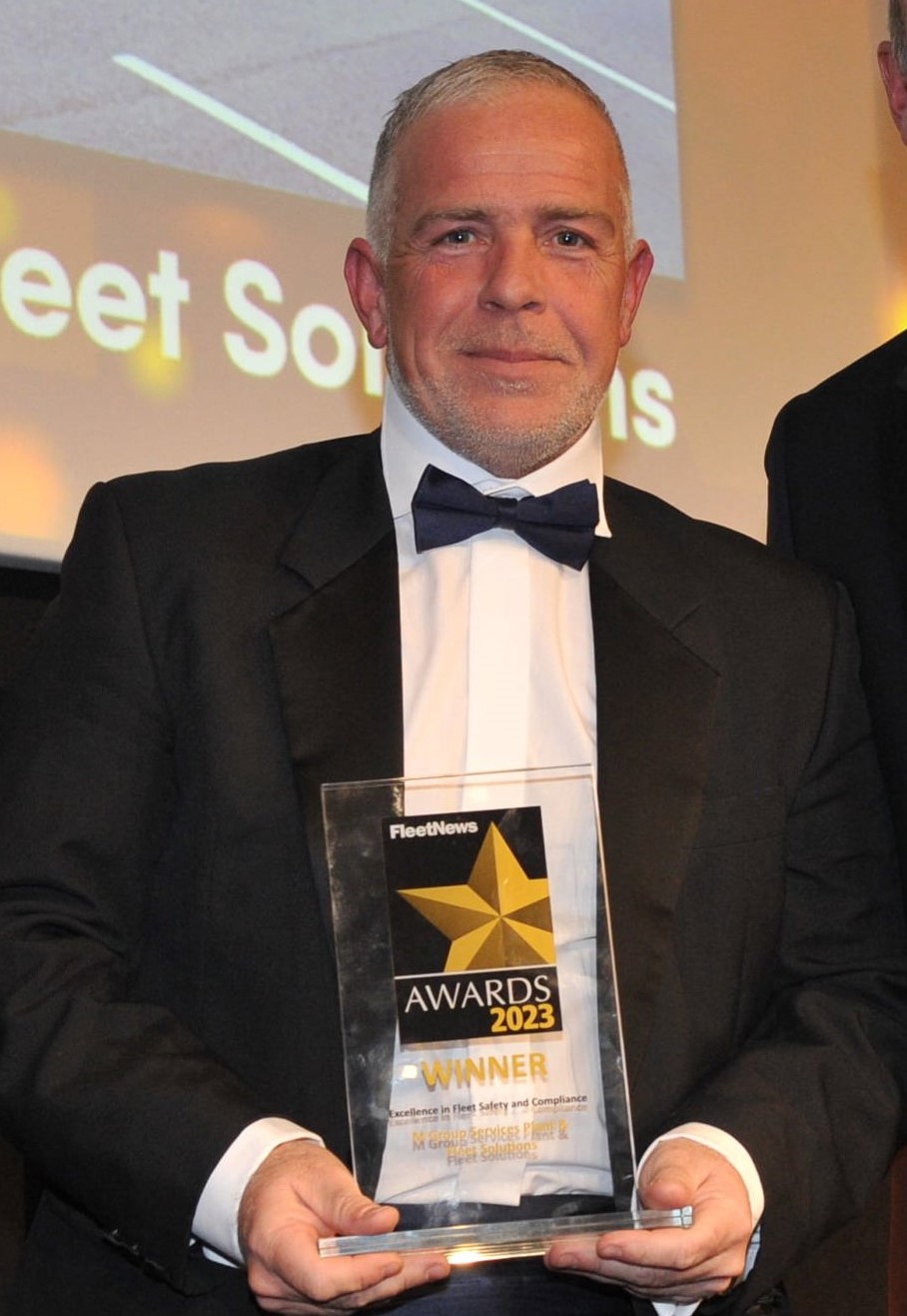
The company first conducted a board-level review in a bid to understand what controls it had in place across all 18 operating businesses.
The project group consisted of a nominated director and all SHEQ leads, supported by transport professionals from across M Group Services.
The review detailed exactly how the Group interacted with staff regarding responsible driving, from onboarding and licence-checking to driver profiling at either the start of employment or during employment (for current staff), to providing clear instruction, training and supervision, and ongoing monitoring through its telematics portal.
"What’s important to remember is you’re not going to solve all your problems at once," Tony Draper, M Group Services Plant and Fleet Solutions
By creating this working group, Draper explains that they achieved engagement with the senior stakeholders and the board.
“We knew we needed a group-wide minimum standard, so the occupational road risk strategy is a critical underpinning pillar to the delivery,” continues Draper.
“It sets the standard we expect every business to operate at. They can build on it, improve it, but that’s the very least we expect.”
The new document explained what was expected of drivers as well as the dangers of work-related driving, including the rules on mobile phone use and information about advanced driver assistance systems (ADAS).
A further commercial driver handbook was also produced, focussing solely on the commercial aspect of fleet compliance and safety.
Additional areas covered included repair, maintenance, breakdowns, safe loading, operator licensing, vehicle prohibitions, security, working time directive and the carriage of dangerous goods.
Identifying problem areas
The secret to success, however, was being able to recognise where they needed to focus their attention.
“What we needed to do was baseline the business,” explains Draper. “Establish where we are now and what have we got to do going forward.
“We started analysing the data down to the nth degree to find out what was our risk, where is it and what are we doing about it.”
However, he says: “One of the things that you can be is data rich and information poor. You've got that much to look at, it's just ridiculous, you can’t get your head around it.
“What we did was break it down and started focusing on top threes or top fours – what were our biggest risks and how do we focus on them first.”
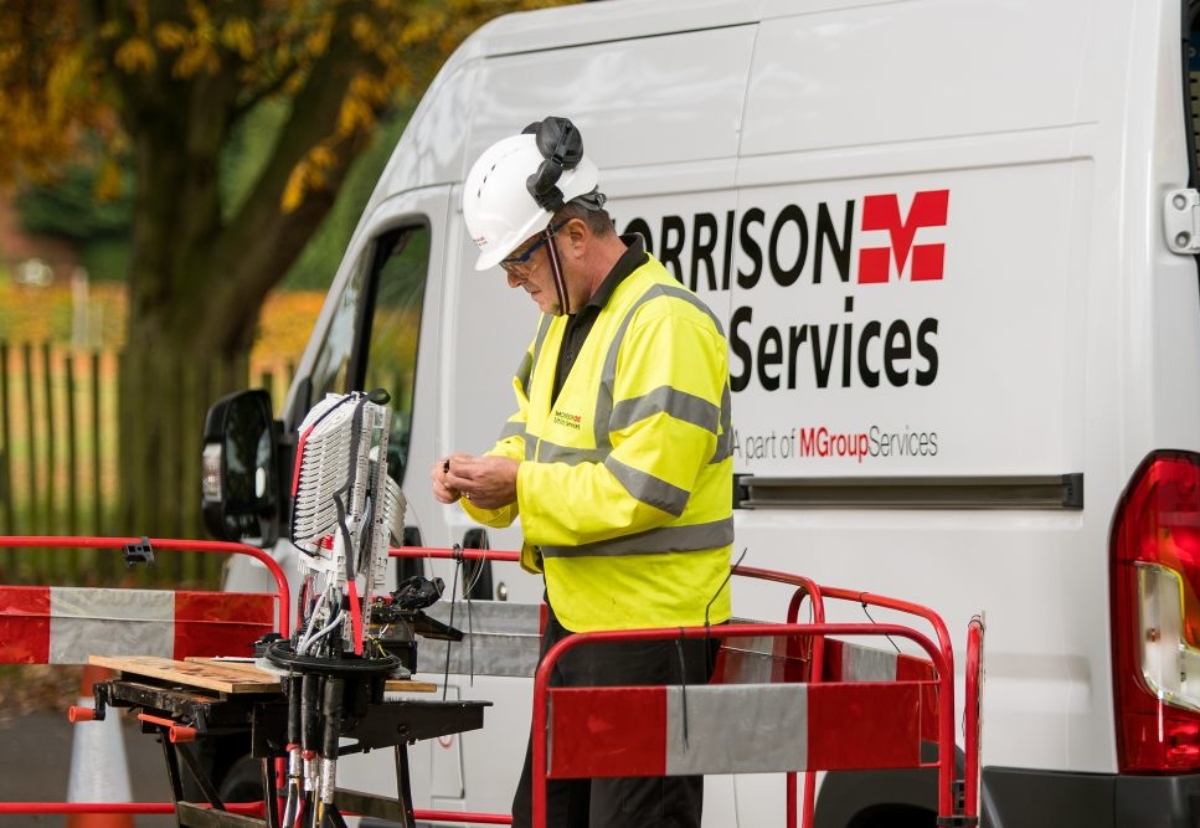
Driver behaviour and driver culture was quickly identified as the biggest challenge and telematics provides the business with the tools to intervene where it is required.
The telematics system it employs measures speed, harsh braking, harsh cornering and fuel usage as well as having an internal and external facing cameras which is AI (artificial intelligence)-enabled.
It can monitor driver events such as distracted driving, handheld mobile phone usage, no seatbelt being worn, following distance and smoking.
The data, which generates a driver safety score and an eco-driving score, is available for all relevant persons to view via a portal to establish trends and areas of focus.
Drivers are also given access via an app allowing them to check their performance and see any events recorded against them and to add comments.
Insurance data is also used to identify training needs, while understanding exactly how any incident occurred and which driver was driving what vehicle at the time is vital.
By carrying out a thorough root cause analysis, each operating division is able to identify the underlying causes of an individual’s poor driving performance and intervene.
Known as the ‘responsible driver process’, interventions might involve on-the-road training with one of two approved driver training companies, e-learning or a face-to-face discussion.
“Prioritise what the requirement is – speak to your drivers, speak to your managers, speak to the decision-makers,” Tony Draper, M Group Services Plant and Fleet Solutions
With having such a diverse fleet working in different businesses, M Group Services is able to benchmark one operation against another and understand better, what good looks like.
“It means we can quickly identify best practice within the business,” says Draper. “We can then improve that best practice further, set it as our benchmark and work with other areas of the business to bring them to a similar standard.”
This approach has led to a decrease in incident rates as well as fuel and carbon emissions savings. There is also less wear and tear on vehicles, while replacement cycles have been extended.
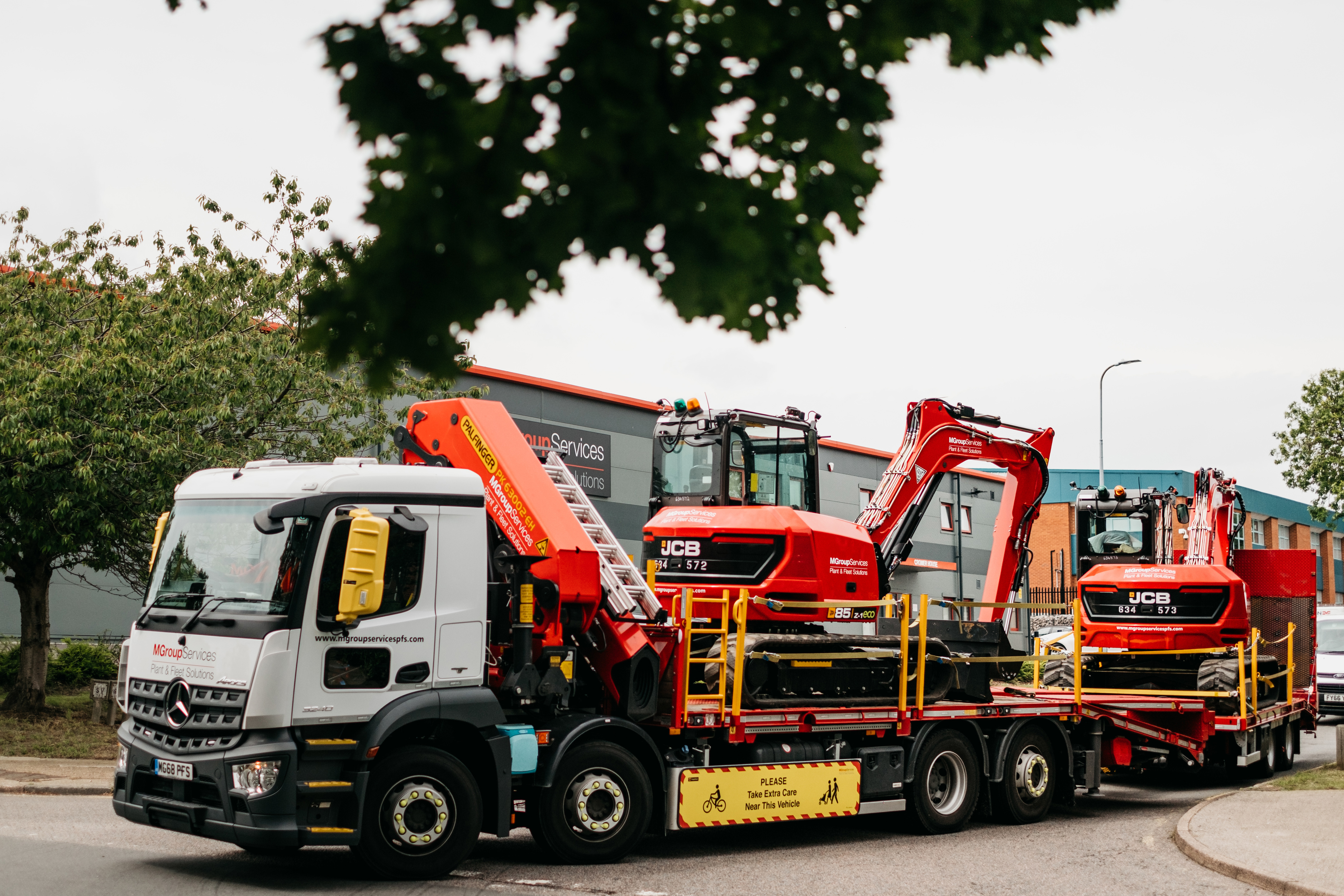
Draper explains: “What’s important to remember is you’re not going to solve all your problems at once. You’ve got to decide what you want to achieve but allow the data to prioritise where your focus is going to be.
“Once you've done that, what you will end up with is this plethora of information. Prioritise what the requirement is – speak to your drivers, speak to your managers, speak to the decision-makers.”
Support from the senior leaders and the board, and the senior management team have been critical to M Group Services’ success, says Draper.
“The underlying principals are key, with a structured approach to safety performance,” he concludes.
FACTFILE
Company: M Group Services Plant and Fleet Solutions
Head of safety, health, environment, quality and road risk: Tony Draper
Time with company: Two-and-a-half years
Company cars: 2,100
Operational cars: 1850
Vans on fleet: 5,500
Trucks on fleet: 650
FLEET NEWS AWARDS JUDGES’ COMMENTS:
M Group Services Plant & Fleet Solutions is doing the basics right, but it has added in an extra layer of innovation, including induction videos and overloading initiatives.
It takes a holistic view of occupational road risk and has embedded driver safety across the business.
It gets the most out of its telematics data, which is used to tackle the most appropriate risk, while an excellent root cause analysis programme helps to prevent similar incidents in the future.



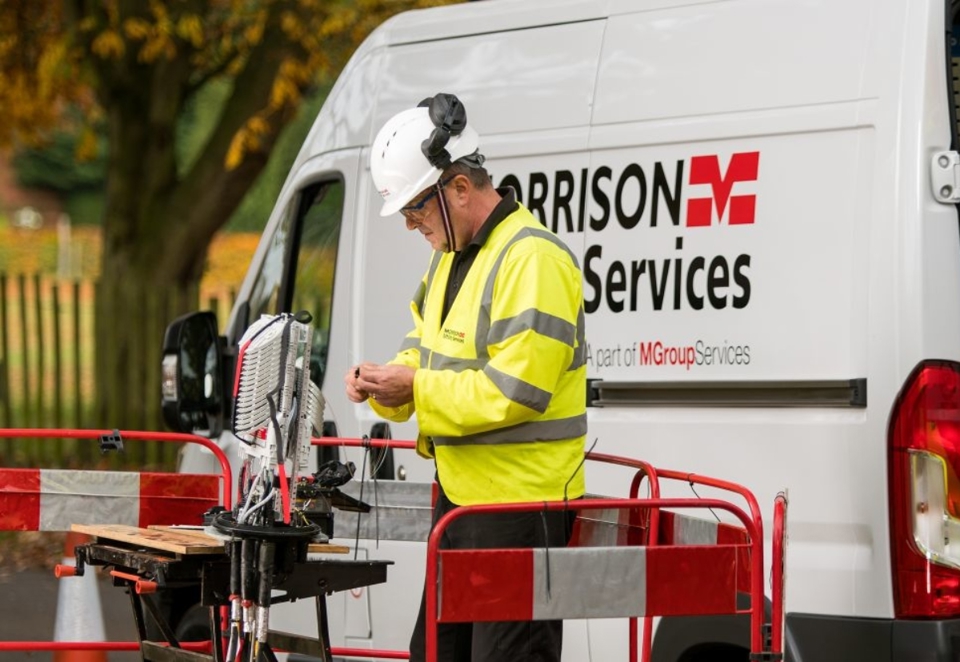


















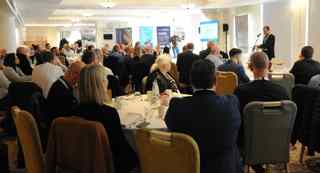
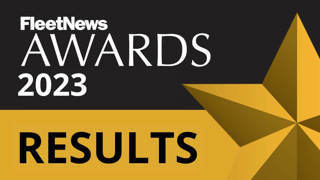
Login to comment
Comments
No comments have been made yet.